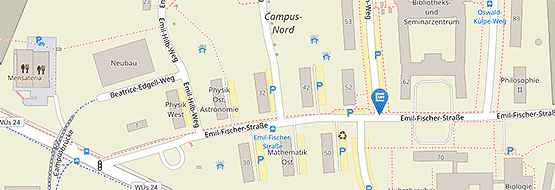Security & Fraud
The application and development of machine learning methods in the field of (network) security and fraud is an active field of research in the Data Science Chair. In the DeepScan project, we are developing methods to detect anomalies, ICT security incidents and fraudulent behaviour in business software. Other research projects are currently working on the detection of security incidents in corporate networks or on application layer.
The following staff member have open topics for practica, bachelor and master theses:
| Fraud-Detection, Machine Learning for Computer-Security | Daniel Schlör |
In the case of excellent performance there is also the chance to submit the thesis as an article to a computer science conference and to be co-author on a scientific publication early in your studies!
Open Topics
05/06/2025 |
Security
05/06/2025 |
Security
05/06/2025 |
Security
05/06/2025 |
Security
04/30/2025 |
Security
01/30/2025 |
Security


